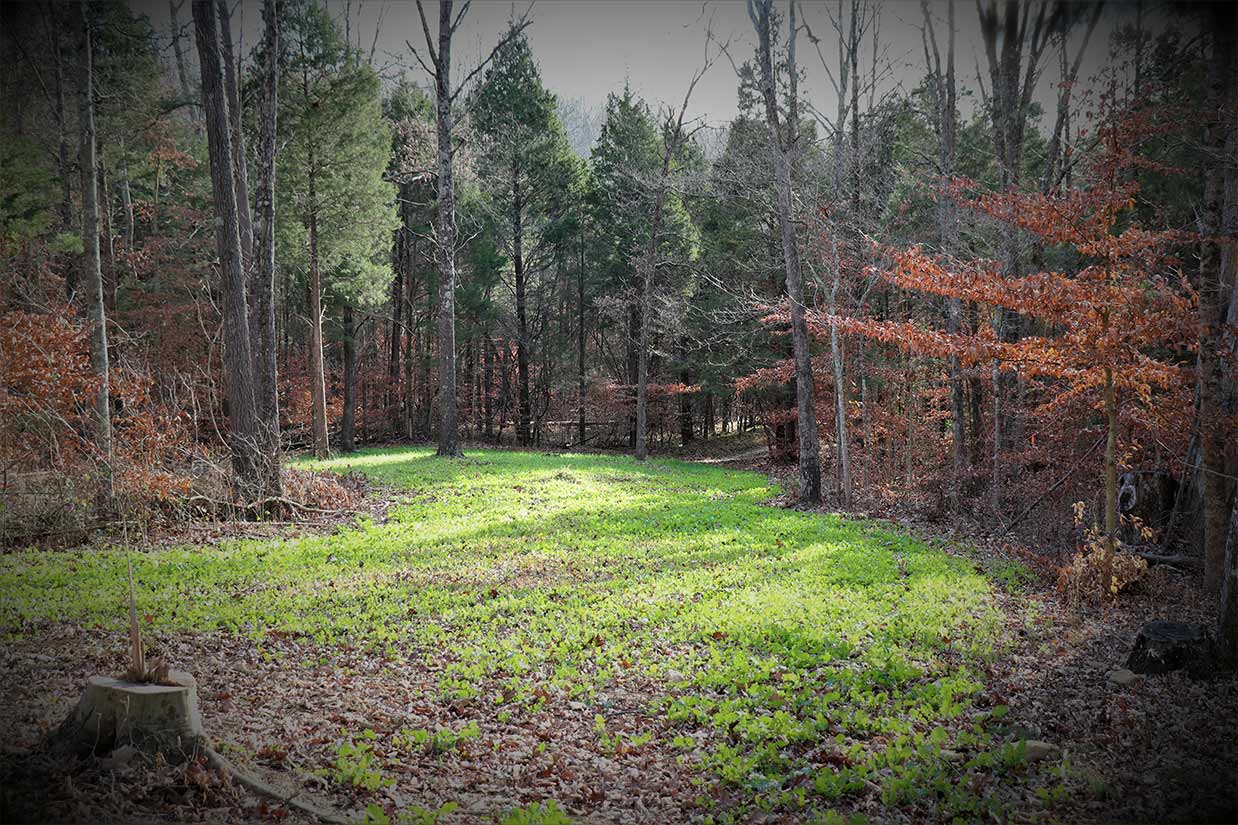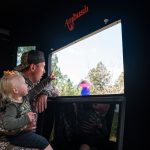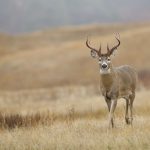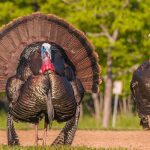Ways to Plan Ahead for Planting Your Food Plot
Planting a food plot is an incredibly effective way of bringing deer in and holding them on your property long enough to hunt them. If you do it right, you can grow a herd that frequents your property and doesn’t just show up for goodies when spring green-up starts.
Take the time to consider and plan out key details like local deer habits and movement. You’ll be armed to make critical decisions that will be the difference between taking that bruiser buck and eating tag soup.
Here are some ways you can begin planning for your food plot.
Decide on a Food Plot Site
Deciding on a location isn’t as easy as you might think. There’s a little more to it than just chucking some seed on the ground and hoping for the best. The best food plots will be irregularly shaped and next to thick cover. Surrounded by thick cover is even better. This provides a sense of security for deer and keeps others from seeing the food plot situation on your land.
Killer food plots also take advantage of areas and routes that whitetail deer already use. Deer are more likely to use plots that are on their path of travel, than ones not part of their normal routine.
Using an app like onX Maps or Google Maps/Google Earth are great tools for finding potential forest nooks for locations. Also, take into account the possible tree you’ll be using for a treestand or area for a ground blind. Many hunters plan their food plots around these spots while also considering wind direction and ingress/egress. Make sure you can access your blind or treestand once the season rolls around.
In regards to the land itself, try to choose open areas that get good sunlight. Shoot for locations that get 8 to 10 hours of sunlight for best results. Soil with big chunky rocks, tree stumps, and high acidity are poor locations.
Old logging roadbeds, landings, and natural clearings in forests are good potential food plot locations.
The Tools of the Trade
The type of equipment you’ll need will depend on the size and location of your plot. If you’re planning a small food plot, a small tractor or medium to large ATV will be the needed workhorse to pull your tilling and planting implements.
As your plots increase in size, so will the scale of your equipment. The smaller equipment simply can’t keep up with the demands of a 5-, 10-, or 20-acre plot. For larger plots like these, a tractor is needed with large-scale implements.
As a side note, you may be able to rent some of these items from soil and water conservation districts or equipment dealers.
Small Food Plots
ATV – If the food plot is small enough, an ATV may be appropriate. However, it has to be big enough to handle the equipment. Overheating and excessive wear on the transmission are all potential issues when pulling heavy equipment. Follow the manufacturer’s recommendations as they typically give a minimum engine size for their specific product.
Disk – A disk can be used to make a seedbed in slightly loose soil. But a smaller disk that an ATV can pull won’t be able to break up hard soil or sod. A plow will have to be used in these cases.
Plow – Plows loosen hard soil and may be used to turn sod over before disking. Small plows can be used to turn over 6-8 inches of soil, but deeper depths may require larger equipment.
Cultipacker – Cultipackers can be very helpful in firming the soil and maximizing plant growth. Small-scale models are available for ATV use.
Sprayer – A sprayer can be used to apply herbicides for weed control. This can either be a backpack sprayer, a mountable model, or one that can be pulled with your ATV. Always wear the proper PPE when applying pesticides.
Spreader – An over-the-shoulder broadcast spreader can be used for both fertilizer and seed. It is cheap and ideal for small food plots. Other models can be attached to an ATV or pushed by hand.
Mower – A mower can help control weeds and manage overgrown plots. You can mow perennial plots periodically to produce high-quality forage. Models for ATVs are available and easy to use. Before tilling the soil, tall weedy vegetation can be removed using a mower to make tilling with small equipment easier.
Chainsaw – A chainsaw is a vital piece of equipment for the small plot owner. A chainsaw can help promote new growth and provide lush food sources for wildlife. Opening areas in a forest allows light to penetrate, giving rise to new vegetative growth.
Large Food Plots
Tractor – Certainly a necessity, the size of tractor you’ll need depends on the size and number of plots. We suggest getting 4WD, as you’re sure to encounter mud and soft ground.
You will need large-scale versions of all the above implements, plus:
Rotary Hoe – A rotary hoe is used where finely tilled seedbeds are desired or small plots are installed.
Lime spreader – Spreading lime is important if you need to increase soil pH. Applications rates of 2-3 tons per acre are not uncommon so a large-capacity spreader may be necessary.
Corn planter – No-till and conventional corn planters are available.
Food Plot Type
Should you plant fall plots or go year-round? This is something you’ll want to give serious thought to when planning your new food plots. It’s easy not to give much thought to planting food plots outside of the hunting season. That’s the most logical thing to do. But this is a mistake. If you want to keep healthy deer on your property, you should plan on also providing late winter and summer forage for year-round nutrition.
Providing brassicas when the snow starts flying is a great way to get deer through those snow-covered periods. When the early winter crops of cereal grains and clover have expired, deer still need to eat or face dire consequences.
Summer can also be brutal as high temps deplete the quality of green forage that came up in early summer and spring. Consider crops like soybeans and cowpeas for summer forage.
Fill in those seasonal gaps, and wildlife can benefit from year-round forage. Not only will you hold more deer on your property, but they’ll also have excellent antler growth and better body condition due to a better diet.
Annual or Perennial?
Another issue to address in your food plot planning is plant type. For the best nutrition, deer are best served by a mix of annual and perennial food plot forages.
Perennials are a great foundation for food plots as they green-up between February and May, providing a protein-rich diet. Perennials may go dormant when the high temperatures of mid-summer hit. But they will bounce back in late summer or early fall. Perennials like alfalfa are great choices.
Warm season annuals like soybeans, lablab, and cowpeas are the way to go in the hot summer months. They provide a tremendous amount of food and high levels of protein.
We hope this gives you a good start on what to consider when planning for a food plot. It can be a lot of work, but the benefits of a good healthy deer herd on your land is well worth it.
Now that you’re ready to plant your food plot, check out this blog on Where to Place your Hunting Blinds!








